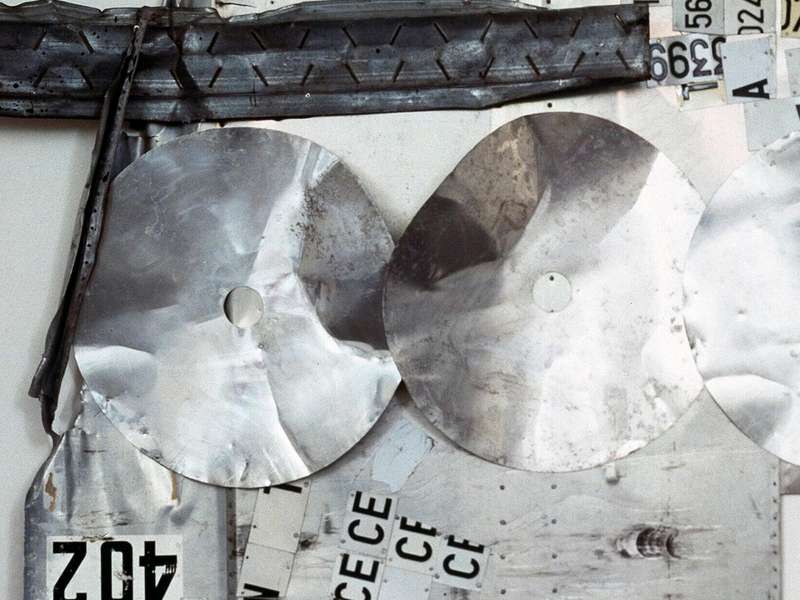
The Surprise of the Contemporary: A Tribute to Rauschenberg
On the centenary of Rauschenberg’s birth, Gallerie d’Italia – Milan presents 60 works, including his iconic assemblages and pieces by Klein, Fontana, Manzoni, Serra, and others, tracing the artistic revolution of the 1960s.
もっと読む